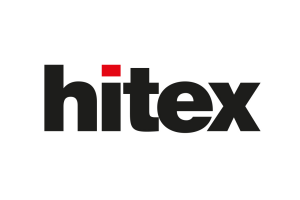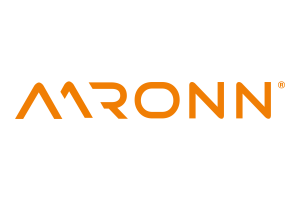Kudan awarded for its SLAM technology
»Eyes to the all machines - that's our goal«
Fortsetzung des Artikels von Teil 1
Target applications and specific advantages
You mentioned that these 3 offerings utilize different technologies and have different target applications. What are the core advantages of each offering?
We differentiate them from one another in order to achieve efficient market coverage and maximize our engineering effectiveness.
KdVisual: Its core advantages are distinctive balance of speed and accuracy combined with robustness and ease of integration, especially on ROS (Robot Operating System). SLAM is generally a processing-heavy technology which can be quite difficult to utilize effectively in systems with computing and memory constraints. However, with KdVisual customers can use lighter processing units (2 -10 times faster than ORM-SLAM2, the most popular open-source software), and it can even run on smartphone devices, while satisfying the typical operational requirements of industrial robotics applications such as <1cm repeated accuracy, and enables the robot to find its location on an existing map significantly faster than other SLAM alternatives (by the magnitude of 10-20 times). Even in robots using 2D-Lidars, KdVisual can effectively solve a key pain point of unrecoverable loss in tracking by simply adding a camera and Kudan’s software. For ROS-based robots, this type of integration is in the order of days instead of weeks or months.
VINS: Its core advantages are robustness when confronted with scenery changes and accuracy in GNSS-denied environments (such as tunnels and urban canyons) with much lower hardware costs compared to alternatives such as a high-end Inertial Navigation System (INS), which can easily cost over $10K. Autonomous robots typically use a point cloud map that has been collected during a mapping session, and use that to determine their position at any given time. However, the perceived environment and scenery changes throughout the day and over time, make localization quite a challenge, especially in an outdoor setting where people, objects, lighting, weather, and seasons can change their appearance significantly. In addition, direct visual SLAM can provide lane-level accuracy over long-distances even with intermittent GPS availability. VINS delivers the same performance at a fraction of the cost through its proprietary visual SLAM algorithm, advanced sensor fusion of camera, IMU and GNSS data, and deep learning algorithms
KdLidar: The core advantages of the 3D-Lidar SLAM are accuracy and robustness especially in a GNSS-denied environment including indoor and mixed environments. 3D-Lidar sensors are very well suited to SLAM, as the design of the sensor provides data that is readily usable by our algorithms without a lot of intermediate processing. Many of these sensors have long range and provide accurate depth information on objects and the structures around them as a point cloud, which can be directly utilized by SLAM to provide cm-level accuracy. Combined with 3D-Lidars that provide a 360-degree field of view, our SLAM ensures robustness when faced with dynamic objects, such as people, vehicles and other moving objects.
- »Eyes to the all machines - that's our goal«
- Target applications and specific advantages
- Strategies, positioning in the european market, goals





